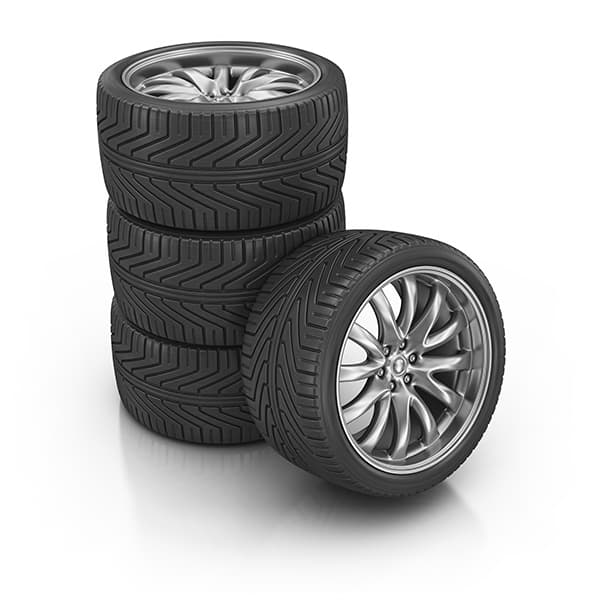Though vehicles can’t function without them, tires are something few drivers think about until something goes wrong. A roadside flat tire or a tire rotation recommendation from a mechanic during a routine oil change appointment may be the only time many drivers give much thought to their tires. That no doubt leads to some confusion about what to do when tires inevitably need to be replaced.
The automotive resource Kelley Blue Book notes that the life expectancy of most tires falls between 25,000 and 50,000 miles. That’s a big gap, and car owners can check their vehicle manuals to see if their vehicle manufacturer recommends a more specific replacement interval. It’s worth noting that mileage is not the only barometer drivers should use to determine if they need to buy new tires. The following tips can help drivers determine if now is the time to outfit their vehicle with new tires.
- Measure the tread. KBB notes that a tire assessment should always include measuring the amount of remaining tread. Drivers can do this on their own in various ways. One method involves looking at the tread wear bars, which are little bridges in the grooves between the ridges. If the bars are even with the tread pattern, then the tire has very little tread remaining and must be replaced. The penny or quarter test is a popular way to determine if tires must be replaced. Insert a penny or quarter into the center of the tread between two ridges with Lincoln’s or Washington’s head facing you. If you can see the very top of the head or the space above the head, the tire must be replaced. If only a little bit of hair is visible, then the tire is nearing its end. The tire has sufficient remaining tread if the some of the forehead is concealed.
- Check for other signs of wear and tear. Little remaining tread is not the only sign tires must be replaced. Tires with cracked sidewalls, discoloration and/or bulging need to be replaced.
- Confirm a larger issue isn’t lurking. Uneven wear on tires is typically a byproduct of a larger issue. Though tires that have worn unevenly will need to be replaced, replacing them without correcting the larger issue will only lead to more uneven wear on the new tires. That’s a costly mistake. KBB notes that poor wheel alignment or suspension issues are typically to blame for uneven wear. This issue can be fixed and should be addressed prior to purchasing a new set of tires.
Tires sometimes exhibit telltale signs that they need to be replaced. Before buying replacement tires, drivers can inspect their existing ones and ask their mechanic to confirm that a larger issue isn’t affecting their performance.




